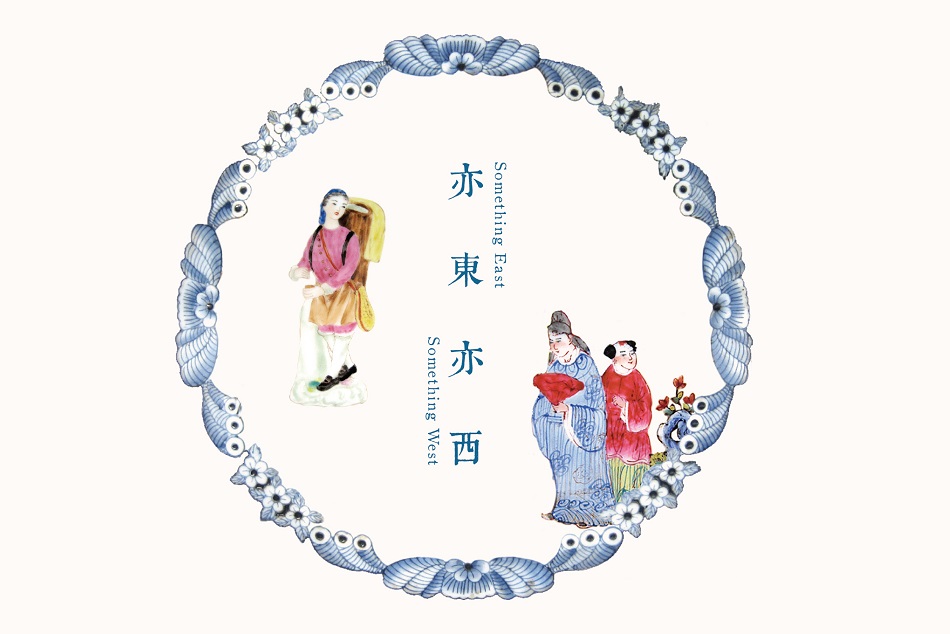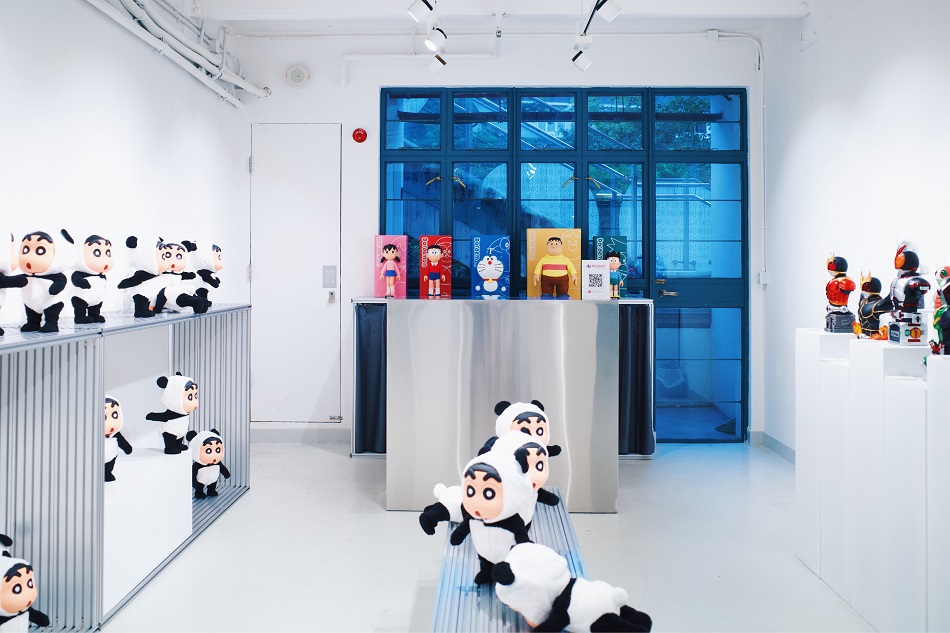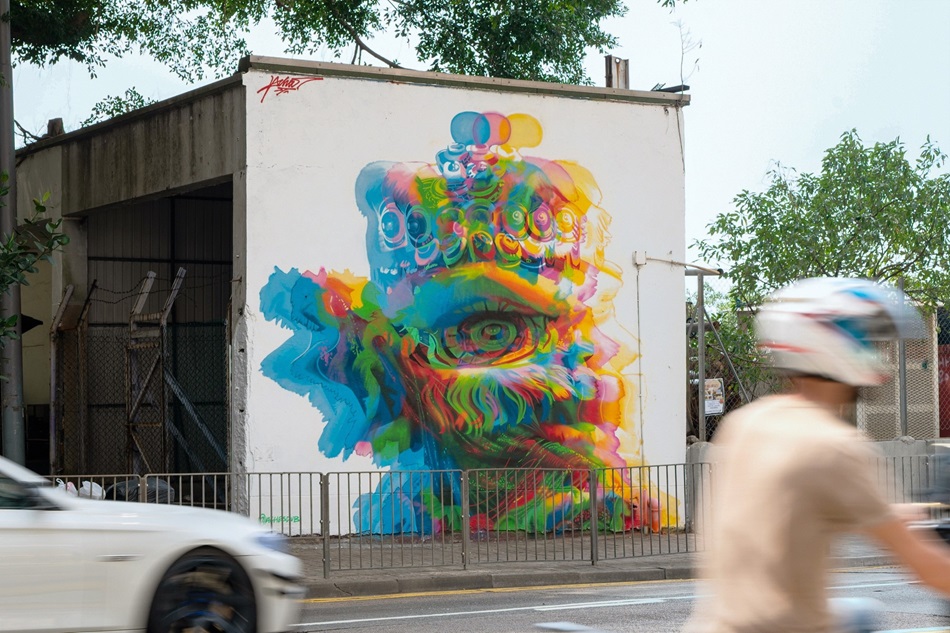Something East, Something West

9 July (Thursday) – 30 September (Wednesday)
12:30pm – 7:00pm
TIME: 12:30pm – 7:00pm S307, Staunton
S307, Staunton
Free of charge
In the 17th Century, Europe saw lucrative trading opportunities with the East with the trans-global maritime route in place. The popularity of chinoiserie in Europe led to an insatiable demand for China-related products, such as tea, silk, cloth and porcelain. Foreign merchants commissioned the local craftsmen to produce porcelain, silverware, furniture, decorative paintings and lacquerware. Guangzhou became a manufacturing hub for export and re-export trade. On the other hand, Chinese porcelain was considered an impressive art form, inspiring Asian and European countries to research and replicate the decorative patterns, techniques and formulas in the production of their own ceramics.
When the art of cloisonné was introduced to China in the 18th century, the pottery painters in Guangzhou applied coloured enamels on biscuits of white clay. In imitation of the decorative styles of their Western counterparts, the well-known “Canton enamel” was born. By the mid-19th century, a new school of painters had emerged in Southern China. They were famous for creating a genre that was to be called “export paintings”, in which decorations on Chinese themes and landscapes of the Guangzhou factories were executed with the Western painting techniques. The emergence of “export paintings”, which came before the invention of the camera, met the thirst of the Western World about the exotic East. Europeans were so enamored with objects d’art created by the Cantonese craftsmen and painters that “Canton” became a popular brand in the 18th and 19th centuries. In turn, customer tastes also influenced the makers, and the characteristic features of Western decorative arts manifested themselves in Chinese commodities.
Hong Kong, the former British colony remains a key city in the global trade of antiques from China and other parts of the region. Adjacent to Guangzhou, Hong Kong always enjoyed the advantage of geography, language and culture. The foreign trade began to flourish. After 60s, due to the war and political turmoil, painters and ceramics masters from Guangzhou moved to Hong Kong. In the 70s-80s, Hong Kong’s ceramics business became the most prosperous as the society was relatively stable and open for foreign trade. Wah Tung Ceramic Arts, for example, in the 80s, implemented the full range of ceramics production in Hong Kong. Porcelains were skillfully molded, carved, hand-painted and fired by the artists and craftsmen whom they hired or those scattered in the cottage industry here. Wah Tung once owned a retail outlet and showroom in Cat Street.
This exhibition, featuring ceramics mostly Hong Kong produced in 70s and 80s, reveals the attempt of combining different decorations, production techniques, shapes, figures and landscapes to create new designs. They present a fusion of “west meets east” which is a true reflection of and perfectly encapsulates an international society as Hong Kong in which we live.
Special thanks: Wah Tung China Art
Know more about SOIL
Website: www.craftbysoil.com
Facebook: craftbysoil


